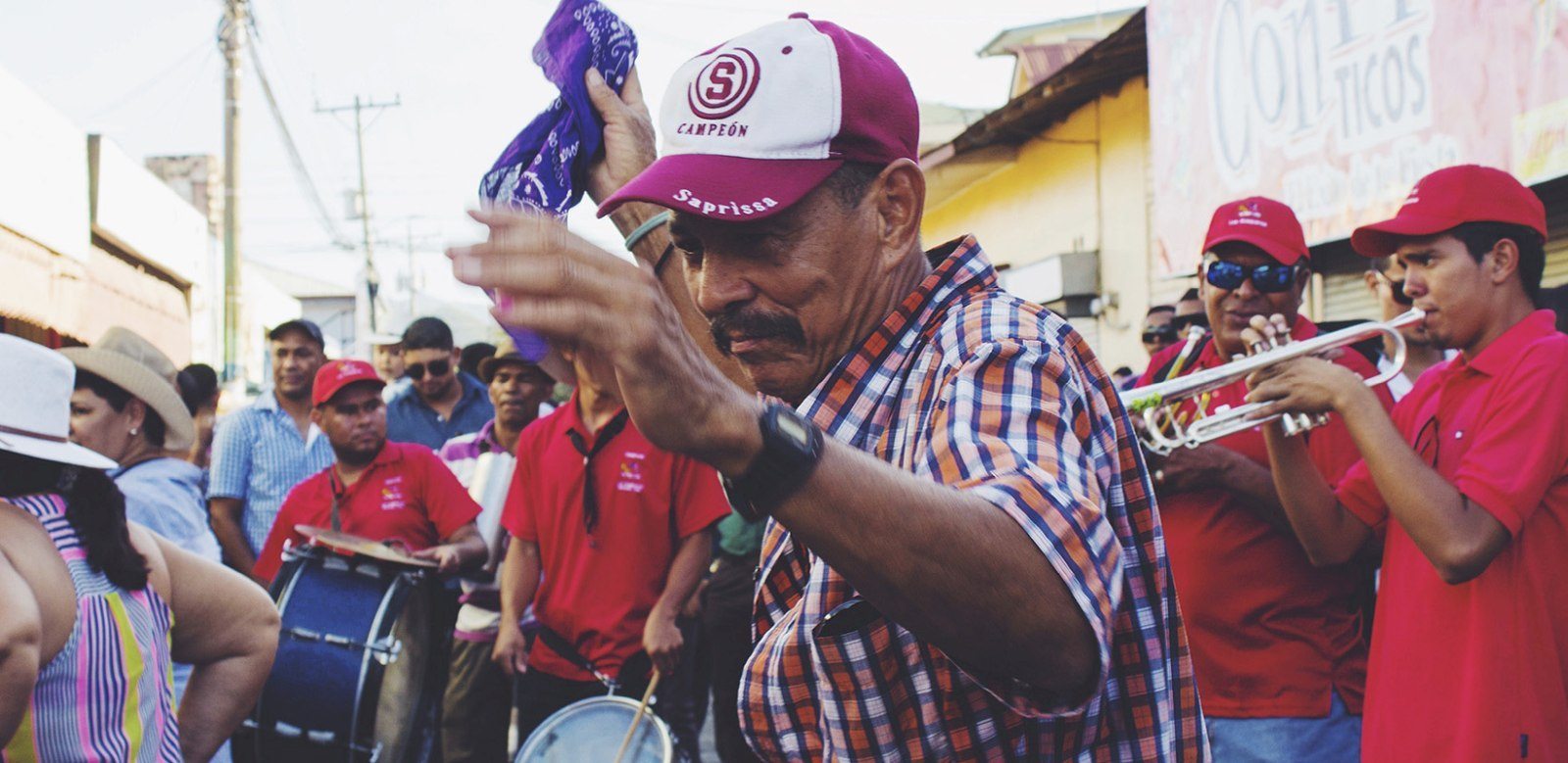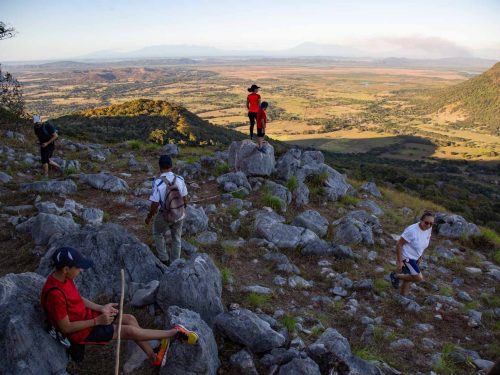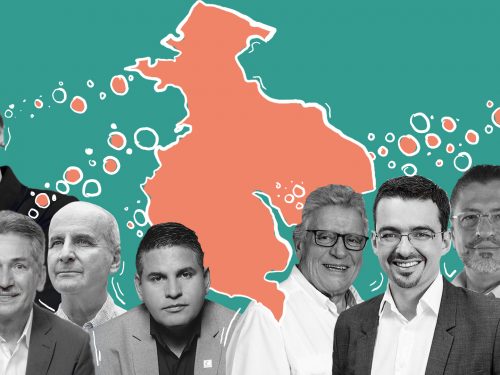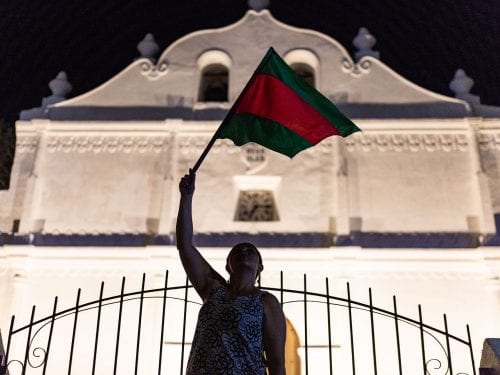
You don’t have to be an expert to imagine that a musical rhythm called parrandera (a Spanish term relating to partying) is an explosion of flavor and joy. You also don’t have to be very astute to know that when this music is played people want to get out and cut some rug.
You might think that you’re reading about some unknown genre, but this music is deeply rooted in the province and can be heard at rodeos, mascaradas, or any small-town festival. (There is no way you haven’t heard it before).
Who Invented Them?
Parranderas are the result of a fusion among indigenous, Spanish, and Afro-Costa Rican cultures, according to Raziel Acevedo, musician, researcher, and professor at the University of Costa Rica.
When Africans migrated to the continent, they gave the parranderas a series of syncopated accents that work to accentuate off beats as if they were down beats. From this combination the genre’s form is born: you can’t attribute its creation to a specific songwriter, but rather to the era, explained Acevedo.
[video:https://youtu.be/woDa5oR1pOw width:500 align:center autoplay:0]Although this musical base is used in many countries and with other names (in Mexico it’s called son; in Argentina, chacarera), the Guanacastecan parrandera has the distinctive feature of being much faster.
In San José and other places near the capital, cimarronas (local folk bands) play similar music, but they call it “tambito.” The difference between the two is that the parrandera demands a faster beat.
Drum roll, Cymbals, and Boom!
When a parrandera begins, most of the time you’ll hear a drum roll that imitates the moment in which a firecracker is lit. Then the cymbal hits, representing the sound that fire makes when it reaches the metal pipe where the gunpowder is added. Finally, there is a boom made by the bass drum.
According to the director of Guanacaste’s Concert Bands, Ronald Estrada, much like this introduction there are many military signals included in parranderas because years ago there were no microphones or speakers, so orders were given through the music.
Over time, the musicians got things moving at local street parties. These rhythms gave birth to parrandas (parties). That’s where the name comes from.
According to the director, to play a parrandera you need snare drums, cymbals, a bass drum, trumpets, and trombones. You can also add saxophones and bass clarinets. You can even play it with a full orchestra.
That’s how the Guanacaste Concert Band does it. Every Thursday they take their repertoire of parranderas to public elementary and high schools throughout the province to teach this music to new generations.
Songs like “El Chunco,” “Pajarita,” “Don Tobías Sanabria,” “Fidela,” “El Brinco del Sapo,” and “Charío” are some of the pieces that this genre that continue to get the party going in Guanacaste.
To the compositor Guadalupe Urbina, even though the parranderas have been influenced by several cultural currents, they are part of the Guanacastecan identity and, in essence, are an example of folklore that is alive and flourishing.








Comments